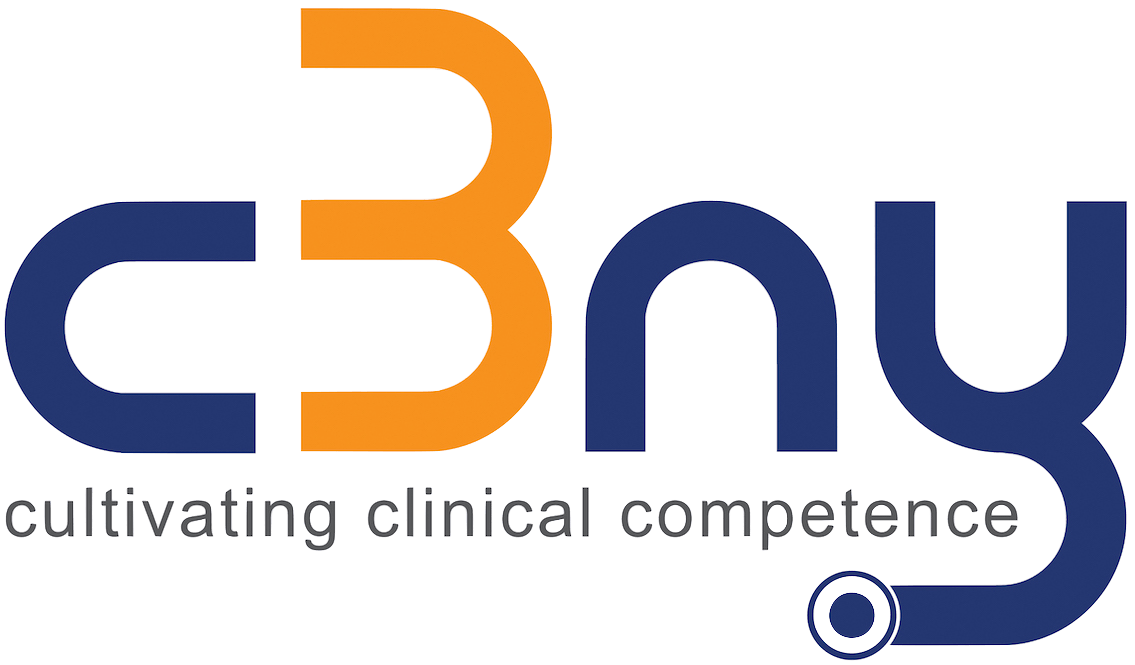On the Step 2 CS exam, the candidate walks into 12 different rooms and greets 12 different patients over the course of the eight hour exam. This of course mimics what practicing physicians do every day. Over the 13 years of conducting our Step 2 CS workshops, we have discovered better and worse ways of walking in and introducing yourself to the patient.
Introductions used to be terribly important, and there were elaborate rules and rituals. Today, things are a little looser, but introductions still matter. As it says from the ever reliable KevinMD website in an article by Edward Leigh How to Make a Great First Impression with Patients:
You don’t have a second chance to make a great first impression.
If twenty random numbers were read aloud, most people would remember the first few numbers and the last few numbers. We tend to remember beginnings and endings. It is the same with patients; they tend to recall what they hear at the beginning and the end. This is how our brains are wired; it is called the recency primacy effect (or serial position effect).
Clearly in a medical encounter, you need to introduce oneself, and you need to make sure of the patient’s name and what to call them. And then you need to begin the interview. So let’s take this one step at a time.
Regardless of their status as a student or graduate, after knocking on the door, candidates may introduce themselves as Doctor. “Hello, I am Dr. Smith”. We encourage those candidates for whom English is not a first language, or for anyone who is not enunciating clearly, to put a small pause between Dr. and their last name, to be sure that the patient understands exactly what their name is.
Then you need to clarify the patient’s name. If you are given John Doe in the door note, for example, then it is clear you can say “Are you John Doe? Nice to meet you Mr. Doe” and also add a handshake. A smile here doesn’t hurt either. However if it says Jane Doe, then you have a problem. Is it Mrs. Doe? Miss Doe? Ms. Doe? We counsel in the absence of a Mrs./Miss/Ms. to guide you, use Ms. Ms. is a polite way to refer to a woman, just like Mr. is a polite way of referring to a man. Mrs. refers to the marital status of the patient, and, if you do not know if the woman is married or not, Ms. is a safer bet, particularly with a younger patient.
Mr. and Ms. serve another purpose as well. As I think we have made clear by now, making sure there is an equal status ratio between doctor patient is important for good communication. If the patient refers to you as Doctor Smith, refer to your patient as Mr. or Ms. Doe. If you call your patient Jane, and she calls you Dr. Smith, there is now an unequal balance.
Finally, you need to get to the all important open-ended “How can I help you today?” Contrary to what some may think, “How are you?” is not helpful. Another snippet from the above article:
Opening line for a non-wellness, non-routine visit with a patient experiencing a medical issue. Do not say, “How are you?” According to John Tongue, MD, chair, American Academy of Orthopaedic Surgeons Communications Skills Project Team, “In the U.S., this is a greeting, not a question, that can put the ill or injured person in the awkward position of saying they are ‘fine,’ just before telling you their story or problem(s).” Start with an open-ended statement or question, such as, “Tell me what is going on …” or “How can I help you today?”
Frequently students come to our workshop with a pre-conceived notion of “the proper way to introduce yourself” on the Step 2 CS exam which is lengthy and clumsy. Candidates sometimes think they need to add elaborate explanations of who they are and what they are doing there. If you want to add “I am part of the team who will be seeing you to ask you some questions and perform a physical exam.” that’s fine, but not needed. Getting to the heart of the matter with “What medical problem brings you here today” is appreciated, both by a patient and an SP.
A final reference to a New York Times article about names, from several years back, Exam-room Rules: What’s in a Name? . Here Dr. Anne Marie Valinoti backs up our idea that on a first visit, which is what the majority of the Step 2 CS encounters mimic, it is always wise to refer to patient using Mr. or Ms., at the risk of insulting your patient:
A study published in The British Medical Journal looked at the question of patient preferences regarding how doctors address them. Interestingly, most patients surveyed, particularly those younger than 65, preferred that their physicians call them by their first name. But doctors do this at their own peril. A physician friend of mine experienced this firsthand when he made the mistake of calling a woman of a certain age by her first name during a visit. “That’s Mrs. White, thank you,” she told him, icily.
Yours in excellent Step 2 CS prep,
Ms. Lank and the team at C3NY


